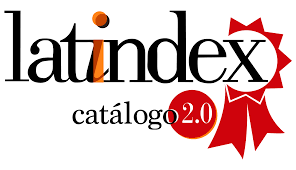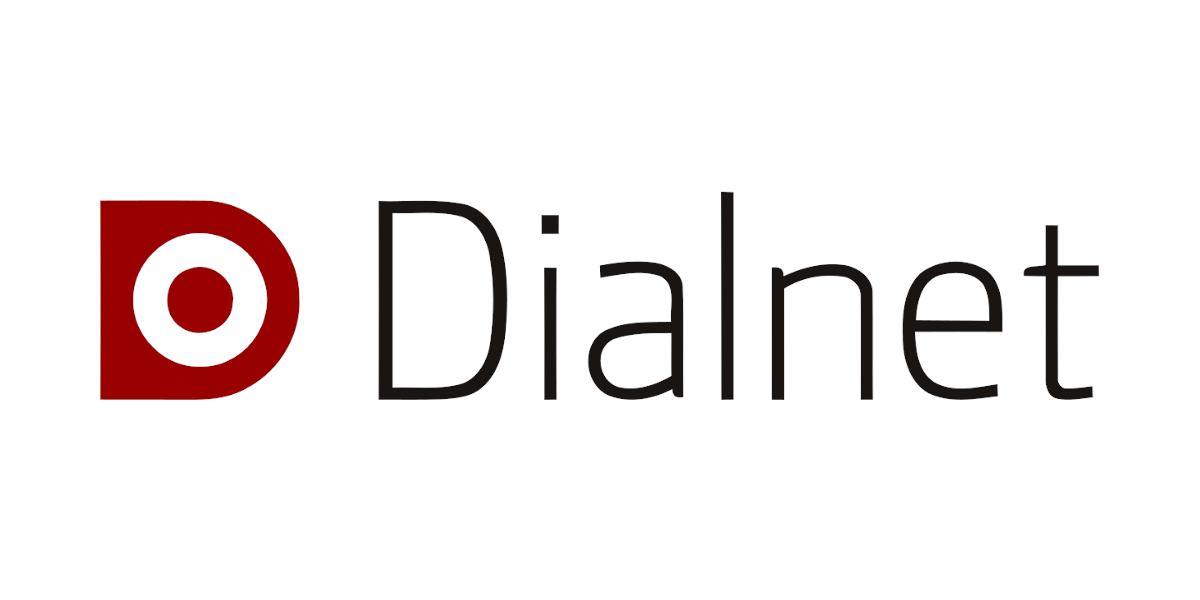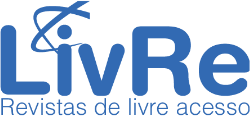Evaluation of sustainability in the process of elaboration of dairy derivatives in the San Salvador de Quishcambal-Assaqui Agricultural Association, Province of Luya, Amazonas Region
DOI:
https://doi.org/10.55996/dekamuagropec.v4i1.148Keywords:
Sustainability, dairy, association, ELANEMAbstract
The process of producing dairy products generates a great deal of environmental contamination due to poor practices used during processing, which is why it is essential to know the degree of sustainability of this industry. The present study sought to evaluate the sustainability of the production of dairy products in the San Salvador de Quishcambal-Assaqui Agricultural Association in the town of San Salvador, Province of Luya in the Amazon Region. The ELANEM methodology was used and a survey validated by experts was used, with sustainability indicators and a double-entry matrix. For data processing, the normalization equation was used, in which the value of 1 represents an optimistic situation. The results obtained recorded values for the economic, social and environmental dimensions of 0.64; 0.58 and 0.77, respectively; and an overall sustainability index of 0.66. This reveals that the company's sustainability is stable; however, it is necessary to further strengthen the social aspect, since it is the dimension that has reported the lowest index.
Downloads
References
Barrezueta-Unda, S., Paz González, A., & Chabla-Carrillo, J. (2017). Revisión de criterios para medir la Sostenibilidad Agraria; adaptación de marcos de trabajo y propuesta de indicadores. (January).
Campi, M., Dueñas, M., & Fagiolo, G. (2021). Specialization in food production affects global food security and food systems sustainability. World Development, 141, 105411. https://doi.org/10.1016/j.worlddev.2021.105411
Cantú, M. P., Becker, A. R., Bedano, J. C., Schiavo, H. F., & Parra, B. J. (2009). Evaluación del impacto del cambio de uso y manejo de la tierra mediante indicadores de calidad de suelo, Córdoba, Argentina. Cadernos Do Laboratorio Xeoloxico de Laxe, 34(34), 203–214.
Cury R, K., Aguas M, Y., Martinez M, A., Olivero V, R., & Chams Ch, L. (2017). Residuos agroindustriales su impacto, manejo y aprovechamiento. Revista Colombiana de Ciencia Animal - RECIA, 9(S), 122. https://doi.org/10.24188/recia.v9.ns.2017.530
Egas, D., Ponsá, S., Llenas, L., & Colón, J. (2021). Towards energy-efficient small dairy production systems: An environmental and economic assessment. Sustainable Production and Consumption, 28, 39–51. https://doi.org/10.1016/j.spc.2021.03.021
Gallopín, G. (2003). Medio Ambiente y Desarrollo. In Revista Desarrollo y Sociedad. Retrieved from https://repositorio.cepal.org/bitstream/handle/11362/5763/S033120_es.pdf?sequence=1
Granato, D., Carocho, M., Barros, L., Zabetakis, I., Mocan, A., Tsoupras, A., … Pimentel, T. C. (2022). Implementation of Sustainable Development Goals in the dairy sector: Perspectives on the use of agro-industrial side-streams to design functional foods. Trends in Food Science and Technology, 124(December 2021), 128–139. https://doi.org/10.1016/j.tifs.2022.04.009
Luqman, M., & Al-Ansari, T. (2022). Energy, water and food security through a waste-driven polygeneration system for sustainable dairy production. International Journal of Hydrogen Energy, 47(5), 3185–3210. https://doi.org/10.1016/j.ijhydene.2021.10.214
Oliveira, M., Cocozza, A., Zucaro, A., Santagata, R., & Ulgiati, S. (2021). Circular economy in the agro-industry: Integrated environmental assessment of dairy products. Renewable and Sustainable Energy Reviews, 148(June), 111314. https://doi.org/10.1016/j.rser.2021.111314
Palomeque Beltrón, M. H. (2016). Sustentabilidad en sistemas agrícolas de limón (Citrus aurantifolia. C), cacao (Theobroma cacao. L) y bambú (Guadua angustifolia. K) en Portaviejo-Ecuador. UNIVERSIDAD NACIONAL AGRARIA LA MOLINA ESCUELA DE POSGRADO DOCTORADO EN AGRICULTURA SUSTENTABLE S.
Pereira, C. C., do Nascimento da Silva, E., de Souza, A. O., Vieira, M. A., Ribeiro, A. S., & Cadore, S. (2018). Evaluation of the bioaccessibility of minerals from blackberries, raspberries, blueberries and strawberries. Journal of Food Composition and Analysis, 68, 73–78. https://doi.org/10.1016/j.jfca.2016.12.001
Rodríguez-Espíndola, O., Cuevas-Romo, A., Chowdhury, S., Díaz-Acevedo, N., Albores, P., Despoudi, S., … Dey, P. (2022). The role of circular economy principles and sustainable-oriented innovation to enhance social, economic and environmental performance: Evidence from Mexican SMEs. International Journal of Production Economics, 248(March), 108495. https://doi.org/10.1016/j.ijpe.2022.108495
Rotz, A., Stout, R., Leytem, A., Feyereisen, G., Waldrip, H., Thoma, G., … Kleinman, P. (2021). Environmental assessment of United States dairy farms. Journal of Cleaner Production, 315(March), 128153. https://doi.org/10.1016/j.jclepro.2021.128153
Sarandón, S. J., & Flores, C. C. (2009). Evaluación de la sustentabilidad en agroecosistemas: Una propuesta metodológica. Agroecología, 4, 19–28. Retrieved from http://revistas.um.es/agroecologia/article/view/117131
Zhang, J., Wang, M., Yin, C., & Dogot, T. (2021). The potential of dairy manure and sewage management pathways towards a circular economy: A meta-analysis from the life cycle perspective. Science of the Total Environment, 779, 146396. https://doi.org/10.1016/j.scitotenv.2021.146396.
Downloads
Additional Files
Published
How to Cite
Issue
Section
License
Copyright (c) 2023 Dékamu Agropec Scientific Journal

This work is licensed under a Creative Commons Attribution 4.0 International License.
Los autores que publican en esta revista aceptan los siguientes términos:
- Los autores conservan los derechos de autor y conceden a la revista el derecho publicación con la obra, simultáneamente licenciada bajo una licencia de Creative Commons CC By que permite a otros compartir el trabajo, pero citando la publicación inicial en esta revista.
- Los autores pueden celebrar acuerdos contractuales adicionales separados para la distribución no exclusiva de la versión publicada de la obra de la revista (por ejemplo, publicarla en un repositorio institucional o publicarla en un libro), pero citando la publicación inicial en esta revista.
- Se permite y anima a los autores a publicar su trabajo en línea (por ejemplo, en repositorios institucionales o en su sitio web) antes y durante el proceso de presentación, ya que puede conducir a intercambios productivos, así como una mayor citación del trabajo publicado (https://web-archive.southampton.ac.uk/opcit.eprints.org/oacitation-biblio.html)















